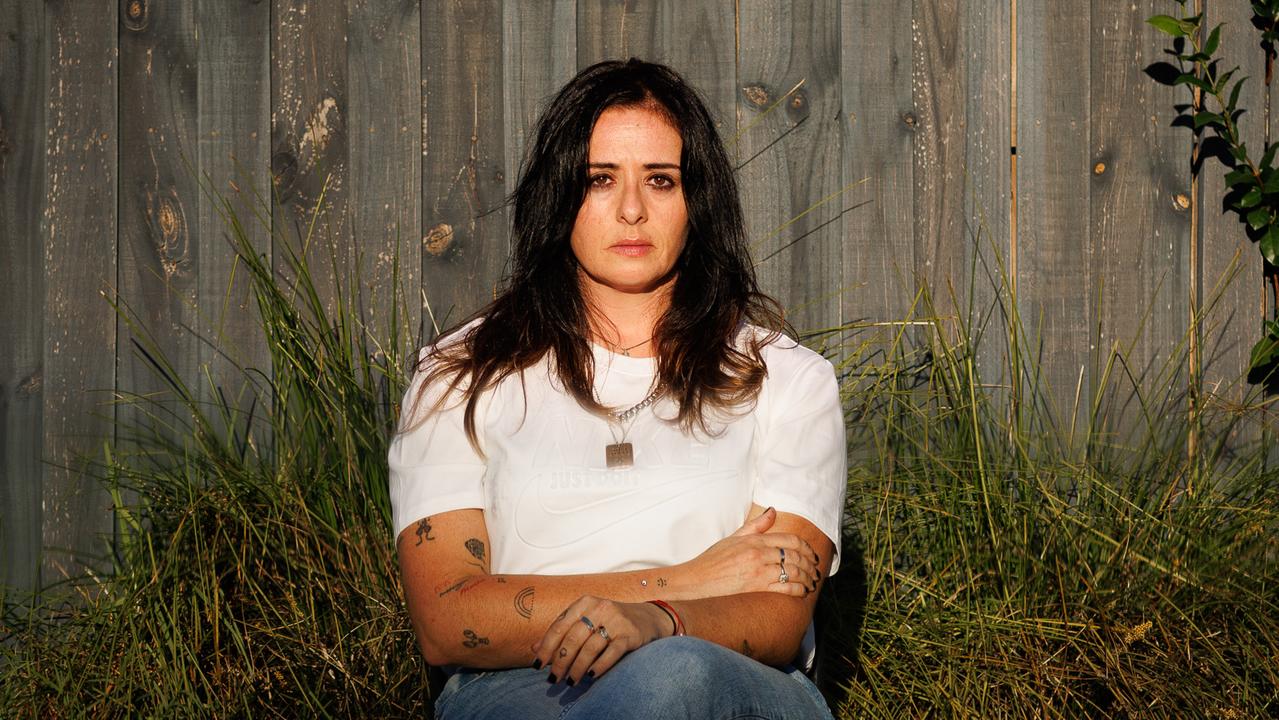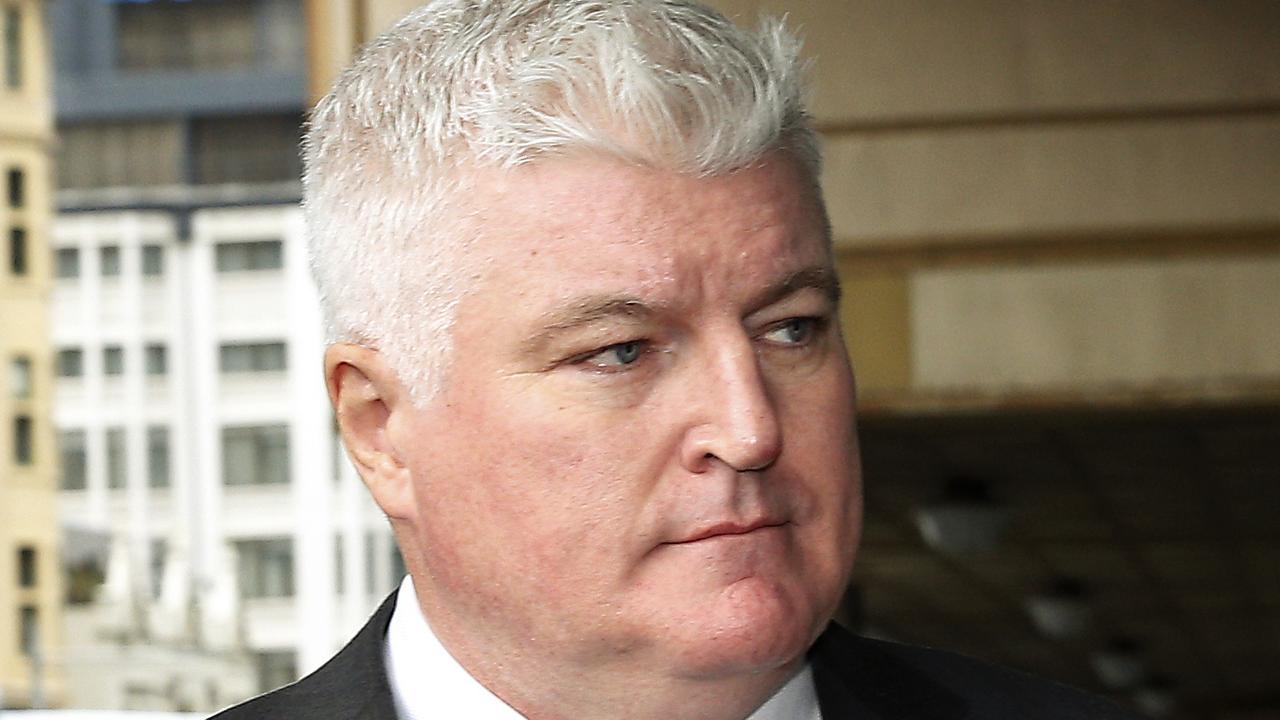One in four students are failing to finish high school
Nearly one in four students dropped out of high school last year – but is the popularity of apprenticeships to blame?

School dropout rates have risen to the highest level since 2010, after nearly one in four teenagers failed to finish year 12 last year.
At least 50,000 students dropped out of school in 2023, new data from the Australian Curriculum, Assessment and Reporting Authority reveals.
Nearly half of Aboriginal and Torres Strait Islander students left school before finishing year 12.
Among all students, only 78.7 per cent finished year 12 – the lowest rate of school completion in 13 years.
Boys were more likely to drop out than girls, with a spike in apprenticeship commencements last year indicating the trades are sucking students away from the formal schooling system.
The new ACARA data shows the post-pandemic exodus of teachers has been turned around, as schools hired an extra 4615 teachers last year – most joining the private and Catholic school sectors.
Student attendance rates remain alarmingly below pre-pandemic levels, despite a slight improvement last year.
Federal Education Minister Jason Clare, who will meet state and territory ministers in Perth on Friday, called on them to accept the federal government’s offer to increase its share of funding to public schools from 20 per cent to 22.5 per cent in exchange for improvements to teaching methods and student welfare.
“Attendance is going back up, teacher numbers are going up, but the number of students finishing high school is still going in the wrong direction,’’ Mr Clare said.
“We have put on the table the biggest increase in federal funding to public schools that has ever been delivered.
“It is critical that we tie this funding to things that will turn this around and help kids catch up, keep up and finish school.”
The ACARA data shows 25.1 per cent of boys and 17.3 per cent of girls dropped out of high school last year. Averaged across all students, completion rates have dropped from 82 per cent in 2019 to 78.7 per cent last year.
Only 73 per cent of students in government schools finished year 12, compared to 90.4 per cent in private schools and 84.3 per cent in Catholic schools.
Among Indigenous students, only 55.8 per cent finished year 12.
The decline in year 12 completions reflects a strong jobs market, the popularity of apprenticeships and trades, and the pandemic phenomenon of “school refusal’’.
It coincides with complaints from universities that fewer school-leavers are continuing to tertiary education.
The number of young Australians starting an apprenticeship or traineeship surged 22.2 per cent last year, to 37,690.
Centre for Independent Studies education program director Glenn Fahey said governments are failing to track the outcomes of students who drop out of school.
“When you’ve got strong employment conditions like we do today, you see a drop-off in school retention and participation at university,’’ he said. “In a strong jobs market there are good opportunities for some students, but … are we losing students who are academically able, but dropped out for reasons we should be preventing?
“I do worry about the confluence of behavioural challenges, school attendance issues and low completion rates.
“Too many students are casualties of poor instruction at school and poor career mentoring and pipelines from school to work.’’
The Productivity Commission has revealed barely half the students who dropped out of school in 2022 had found full-time work or enrolled in further study or training a year later. Half the dropouts were unemployed, or working and studying part-time.

Mr Fahey praised the NSW Education Department’s decision to train all teachers in the back-to-basics “explicit instruction’’ method, which is used in Western Australia.
The ACARA data shows only 61.6 per cent of students attended school at least 90 per cent of the time in 2023 – meaning at least one in three students missed at least a month of lessons.
The Smith Family, an educational charity for students from poor families, said Covid-related school closures in 2020-21 caused “significant disruptions’’ to high school students.







To join the conversation, please log in. Don't have an account? Register
Join the conversation, you are commenting as Logout